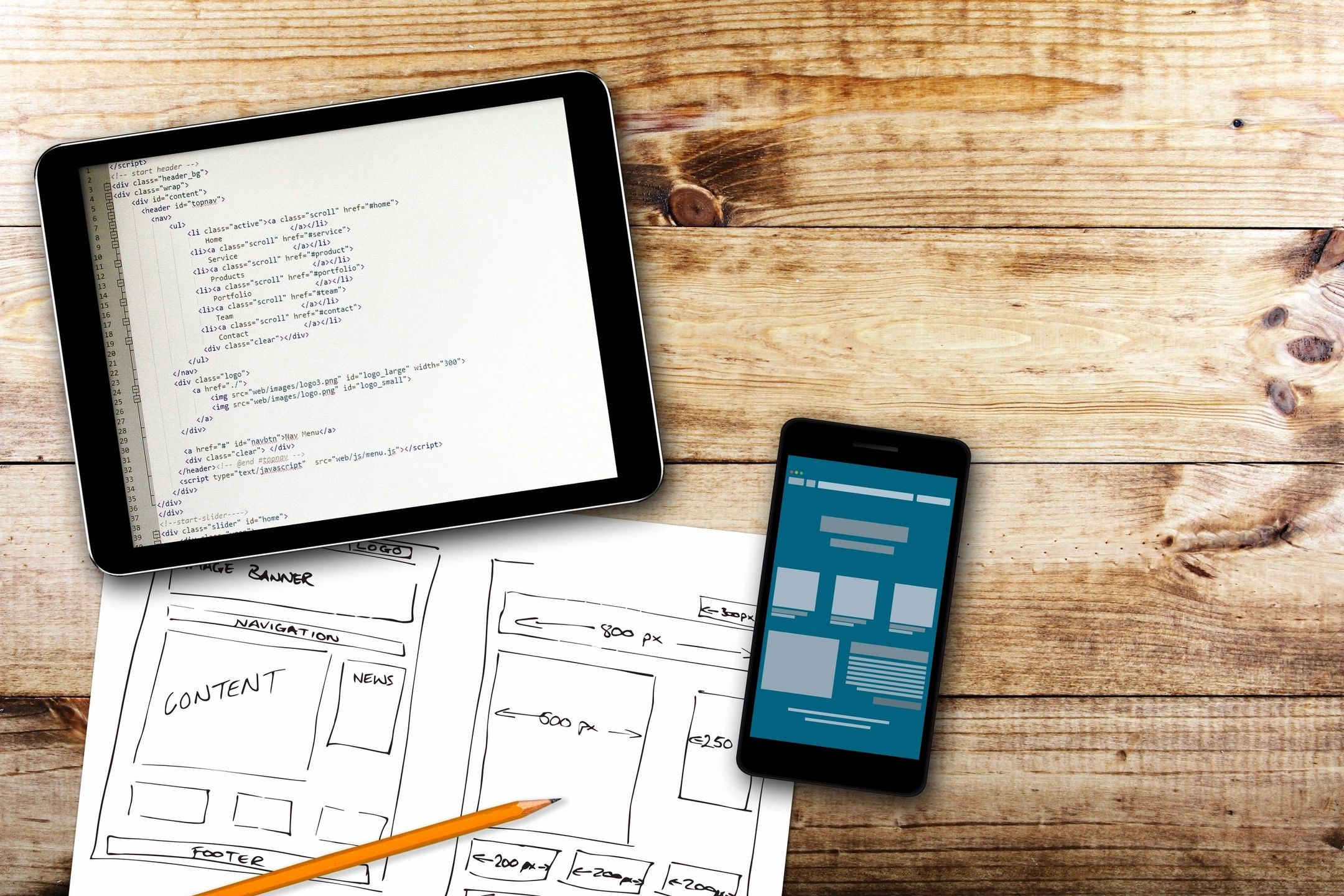
In the dynamic landscape of the internet, where users access websites through various devices with different screen sizes, the importance of responsive web design (RWD) cannot be overstated. Responsive web design has become a cornerstone in creating a seamless and enjoyable user experience across devices. This article explores the profound impact of responsive web design on user experience and why it has become a necessity for modern websites.
- Adaptability to Multiple Devices: Responsive web design ensures that a website adapts seamlessly to different screen sizes and resolutions, ranging from desktops and laptops to tablets and smartphones. This adaptability eliminates the need for separate designs for each device, providing a consistent and optimized experience for all users.
- Improved Accessibility: Accessibility is a key factor in user experience, and responsive web design plays a crucial role in making websites accessible to a wider audience. By catering to users with diverse devices and abilities, RWD enhances the inclusivity of a website, contributing to a positive user experience for everyone.
- Enhanced Mobile Experience: With the exponential rise in mobile device usage, a responsive design ensures that websites are mobile-friendly. This not only improves user experience for on-the-go users but also positively impacts search engine rankings, as search engines prioritize mobile-friendly websites in their algorithms.
- Consistent Branding: Maintaining a consistent brand image across all devices is vital for building brand trust and recognition. Responsive web design allows for a uniform presentation of content, images, and branding elements, ensuring that users have a cohesive experience regardless of the device they are using.
- Faster Page Loading Times: Responsive web design often involves optimizing images, content, and code, leading to faster loading times. Improved page speed is a crucial factor in user satisfaction, as users tend to abandon websites that take too long to load. RWD contributes to a smoother and faster browsing experience, positively impacting user engagement.
- SEO Benefits: Search engines favor responsive websites, considering them as a best practice for mobile optimization. With a single URL for all devices, responsive sites are easier for search engines to crawl and index. This can lead to higher search rankings, driving more organic traffic and positively impacting user discovery and experience.
- Cost-Effectiveness: Responsive web design eliminates the need for separate development and maintenance of multiple versions of a website. This cost-effective approach allows businesses to allocate resources more efficiently, focusing on creating a unified and optimized user experience across all devices.
Responsive web design is no longer just a design trend but a fundamental necessity for websites aiming to provide an exceptional user experience. As users continue to access the internet through an array of devices, the adaptability and accessibility offered by RWD play a pivotal role in shaping the success of modern websites. By embracing responsive design principles, businesses can create a user-centric online presence that not only meets the diverse needs of users but also contributes to long-term success in the digital landscape.



